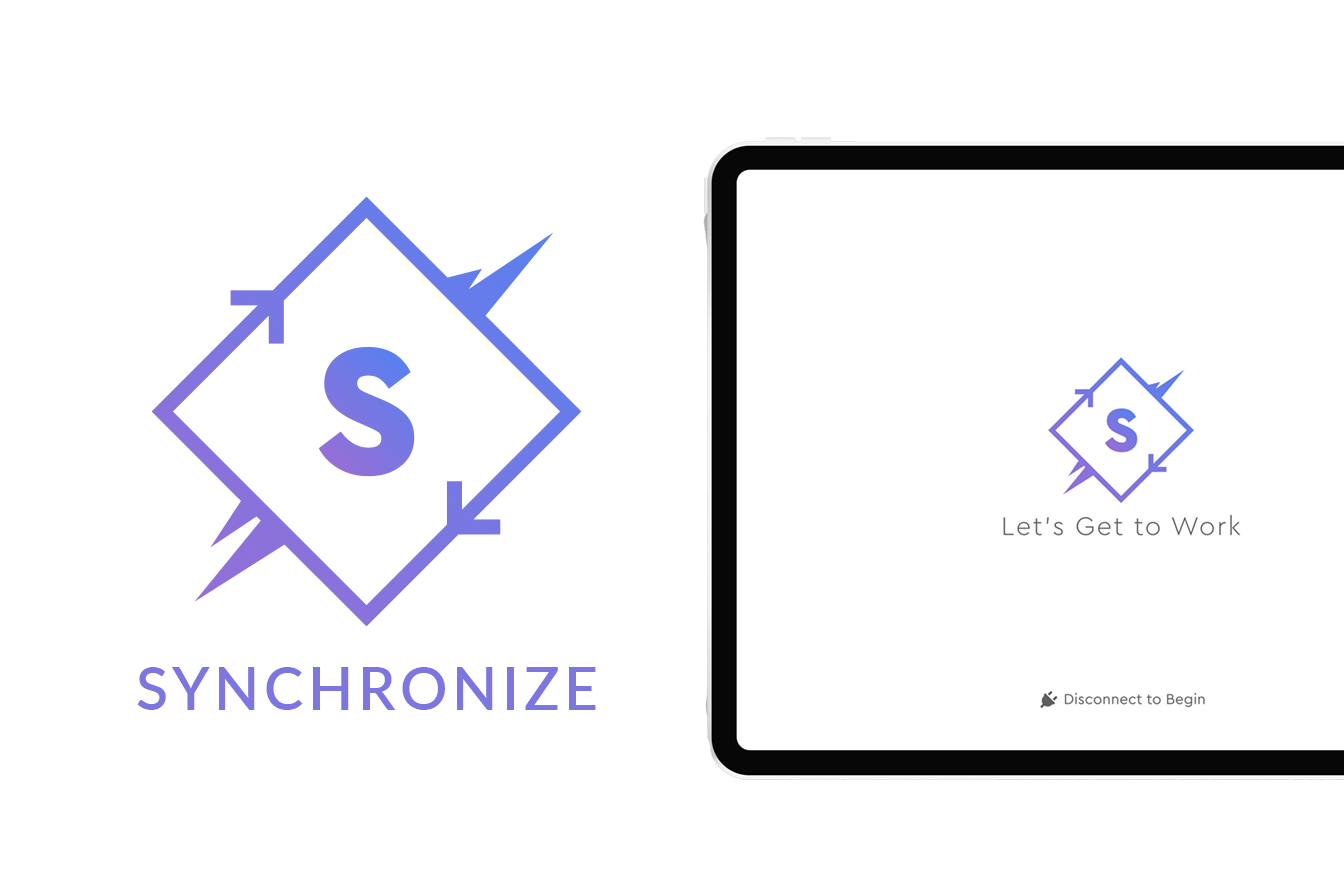
While teaching as a Professor of Practice at Northern Kentucky University, I had found a good cadence of semester-long freelancer projects and wanted to continue this pattern. A contact from a previous freelance gig reached out to ask if I was interested in helping his current employer add COVID features to their existing product environment. Visitu, a small startup with an even smaller development team, specifically needed help designing screens for their iPhone, iPad, and web applications. As a college professor experiencing my own woes with COVID, I was happy to help out with something I was knowledgable about.
For Visitu, there was a lot to consider. Their three apps, when combined, are essentially an attendance, contact and emergency messenger system, all-in-one. With different roles for visitors, students, parents, staff and administrators, thinking through all of the user types and screens was an interesting exercise!
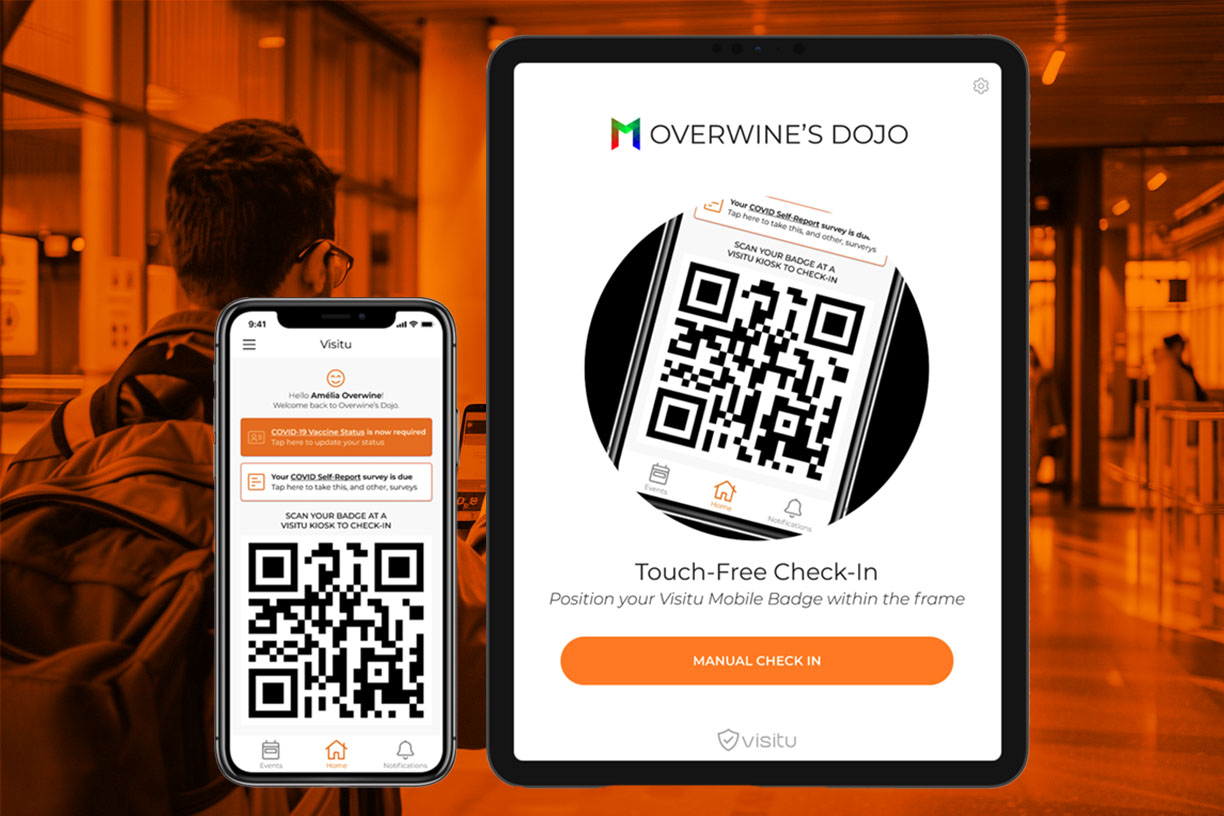
I designed a lot of screens while at Visitu and the one I found the most interesting was the Vaccine Status page and the conversations we had about it. When discussing new COVID features, the biggest worry, from the owner, was encroaching on a user’s right to privacy. More specifically, some of their clients were private, religious campuses where vaccine exemptions were being accepted.
My solution was to offer all reporting options in order to not choose a side on any hot-topic issues. The key was to keep all of the options touchless, in order to keep the spread of COVID in-check. This indicated the iPhone app should be the source of this data, as the users were already touching them. The Visitu development team and I worked together on the implementation.
The first option we built took a photo of the user’s vaccination card(s), with their phone camera, then used OCR software to grab the data from the photo. The second option was to allow for manual entry, again on the user’s iPhone, not on the shared iPad. This collected only a date at first, but by the time we were finished with the first version, we had to add a doses field to accommodate multiple doses, and change the date to date of last dose.
Lastly, we addressed vaccination exemptions, the option to we had talked most about. For privacy purposes, we decided to offer, “Vaccine Allergy,” “Religious Exemption,” and, “Other Medical Exemption.” No additional data was collected, but they were still required to answer a COVID Self-Report survey, to inform contact tracing reports.
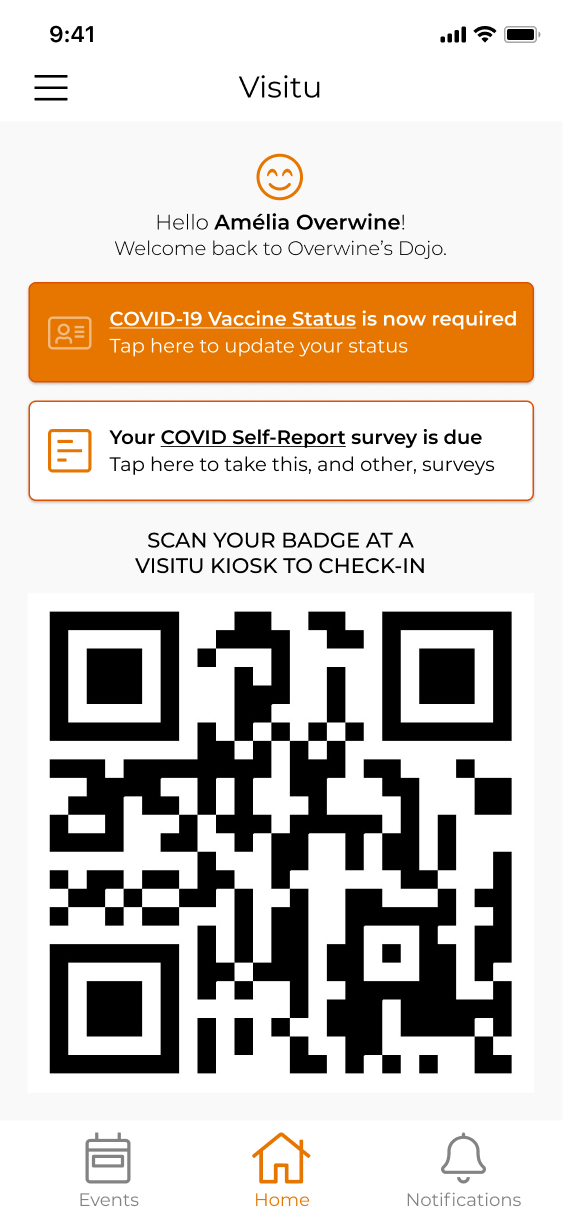
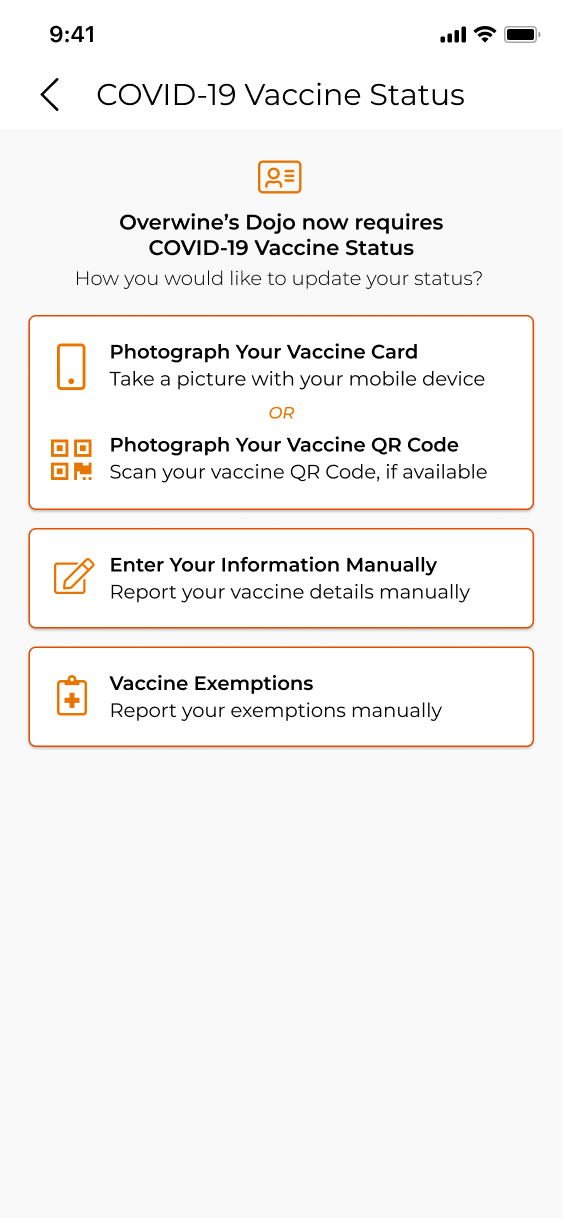
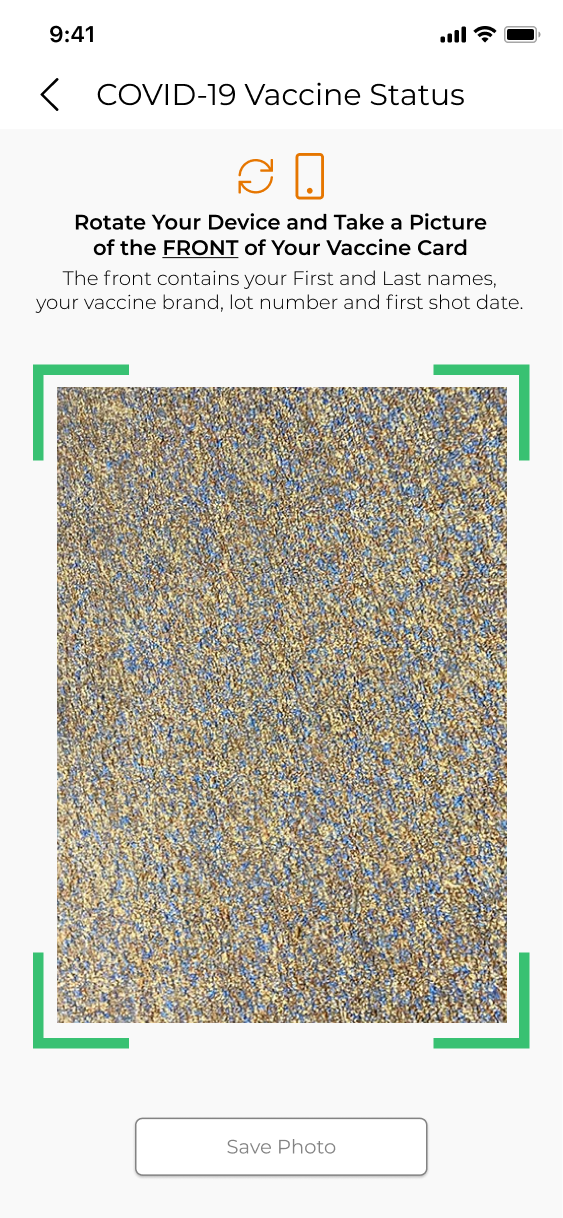
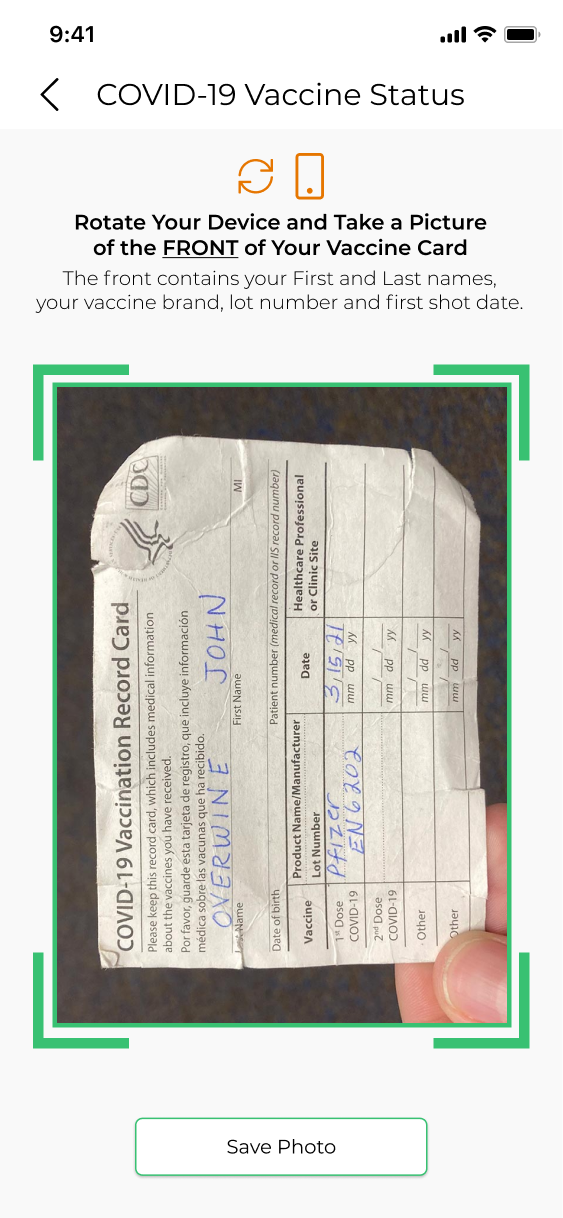
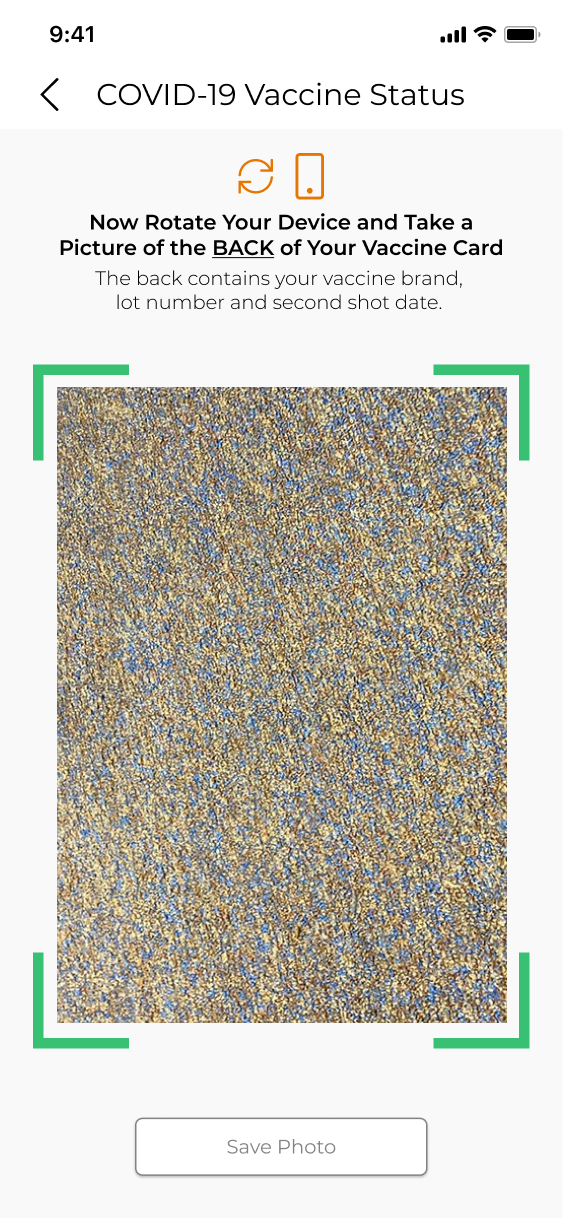


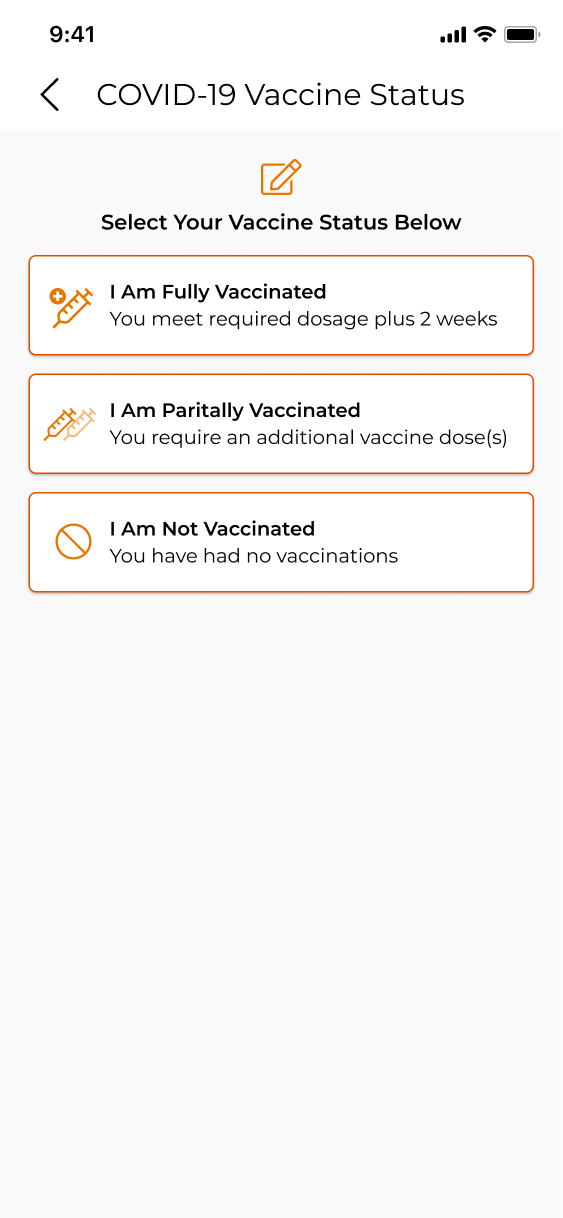
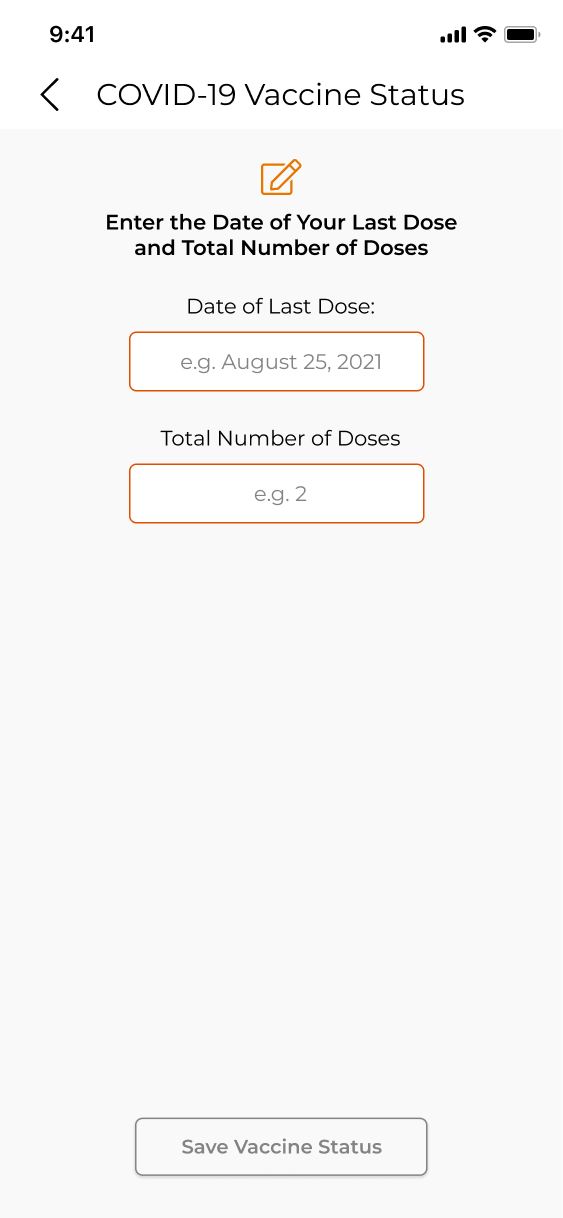
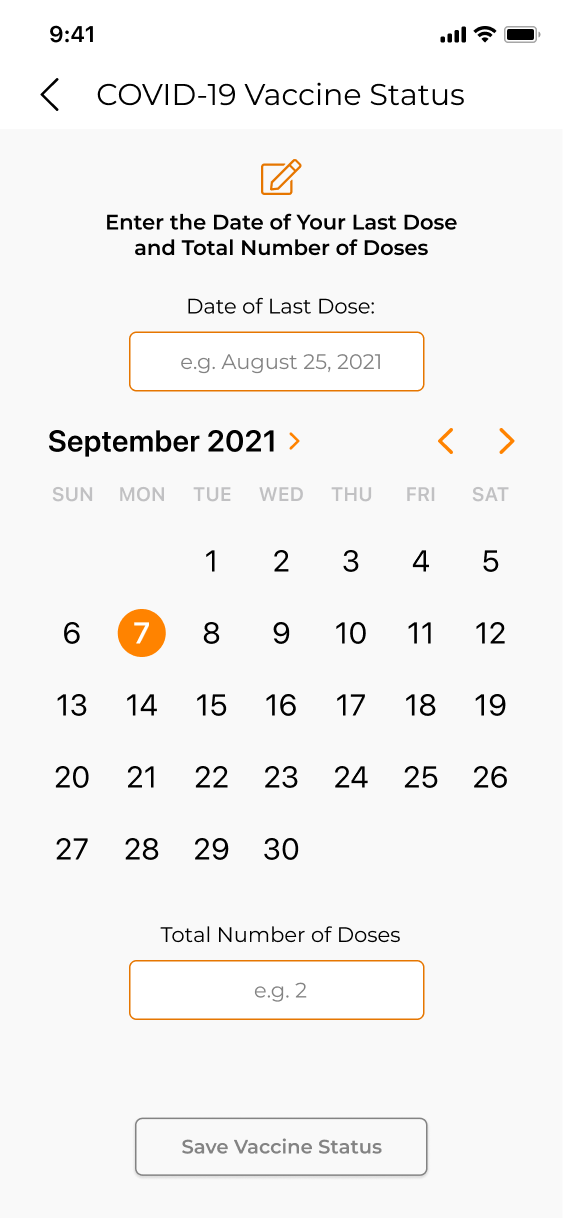
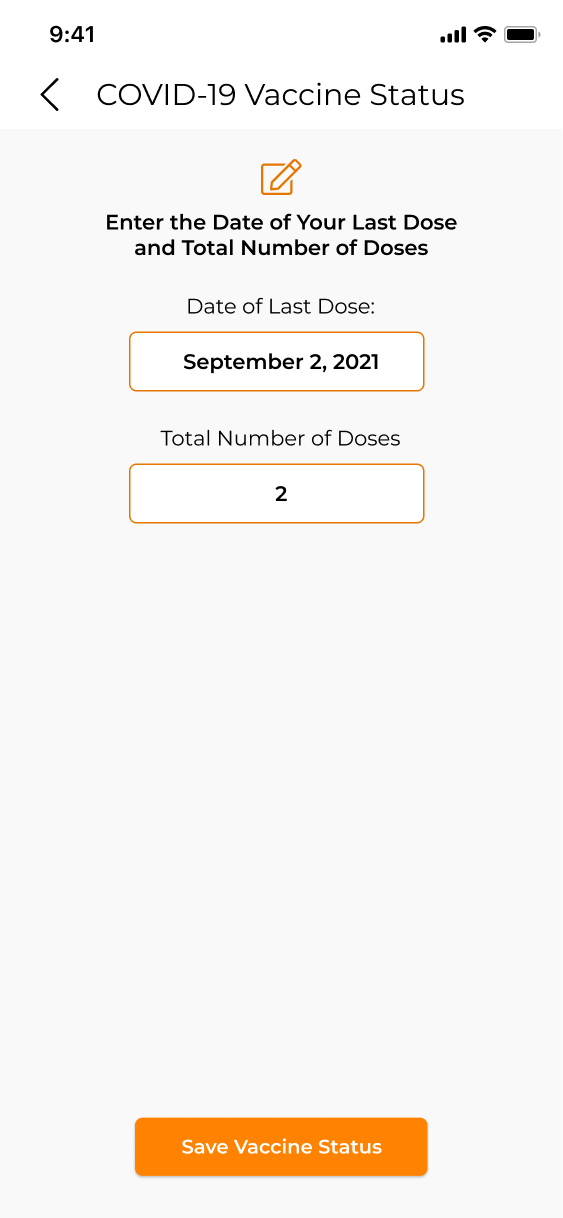
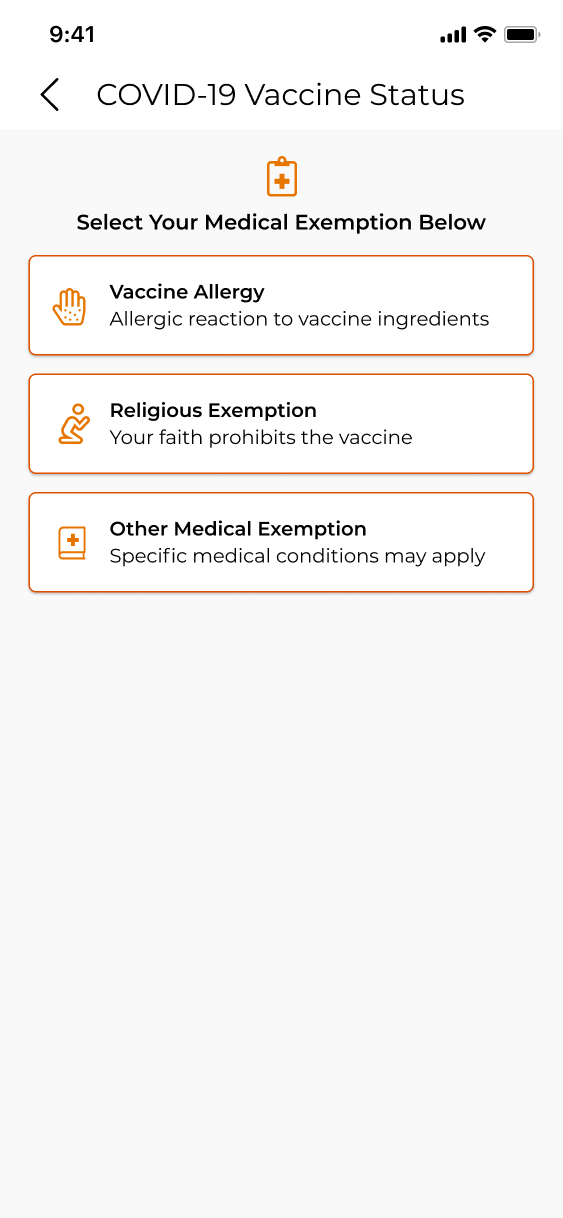
I continued working with Visitu through the next semester and as COVID numbers improved, their campuses began to host events again. Visitu shifted my focus from vaccination features to how this could work with event management; a feature they had considered adding for some time. Because this was a completely new feature, it would require a lot of rework for the many app screens across all devices.
We started with the desktop app because most school Visitu administrators used the web dashboard for their daily tasks. We used this opportunity for a full admin overhaul, so I updated their design system as I went. I used NKU for placeholder information since I was working there as a professor, at the time.
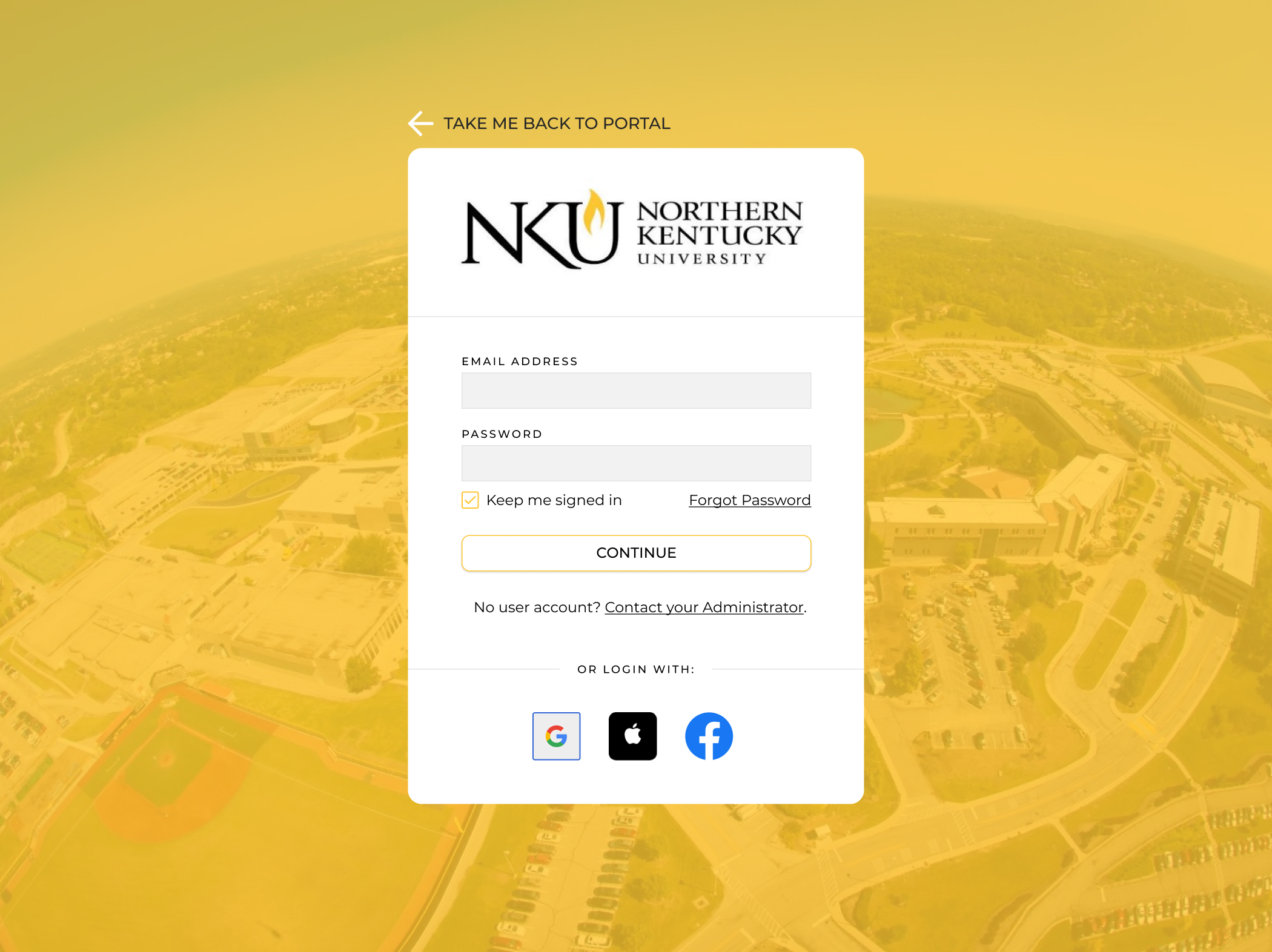
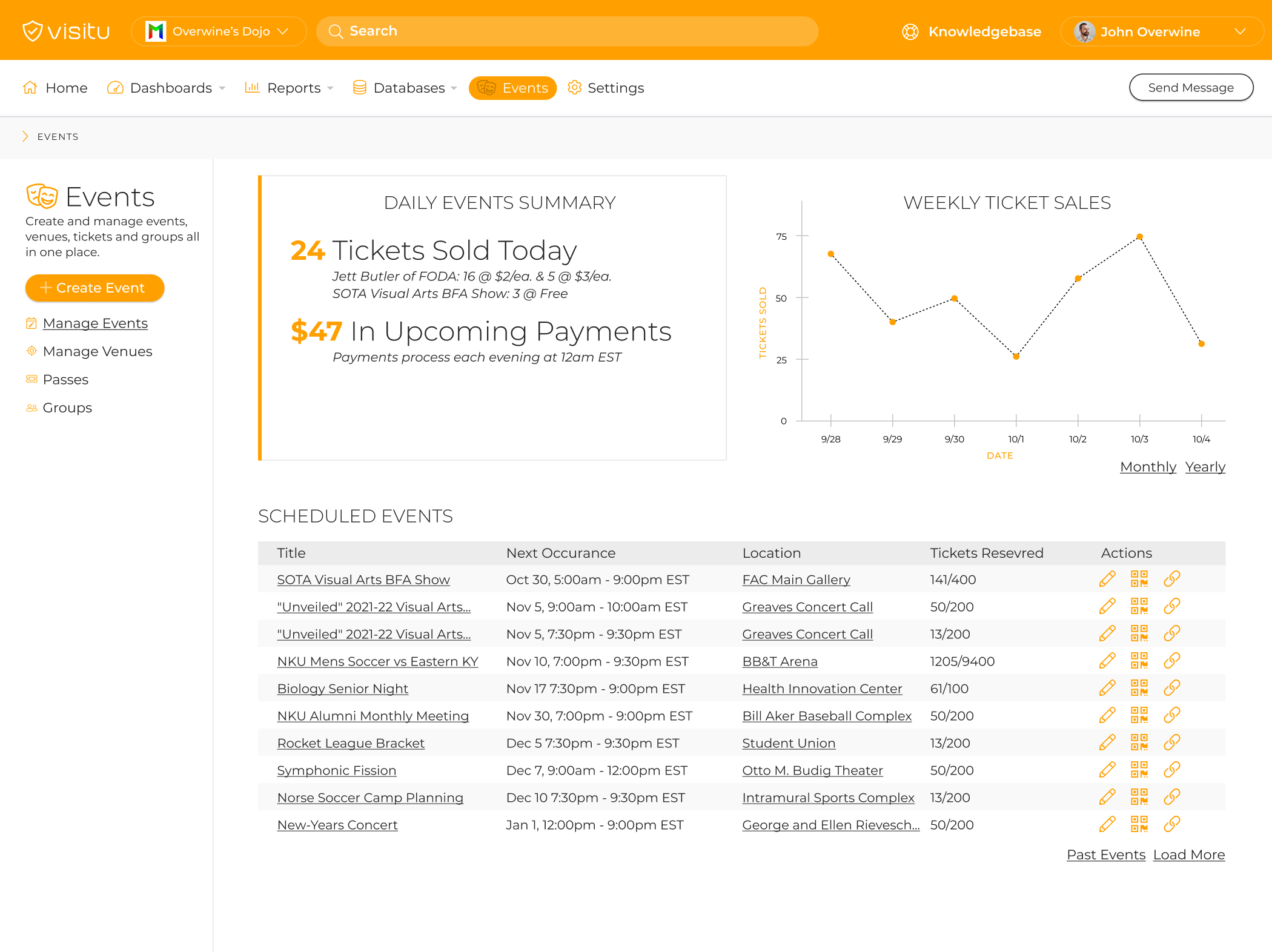
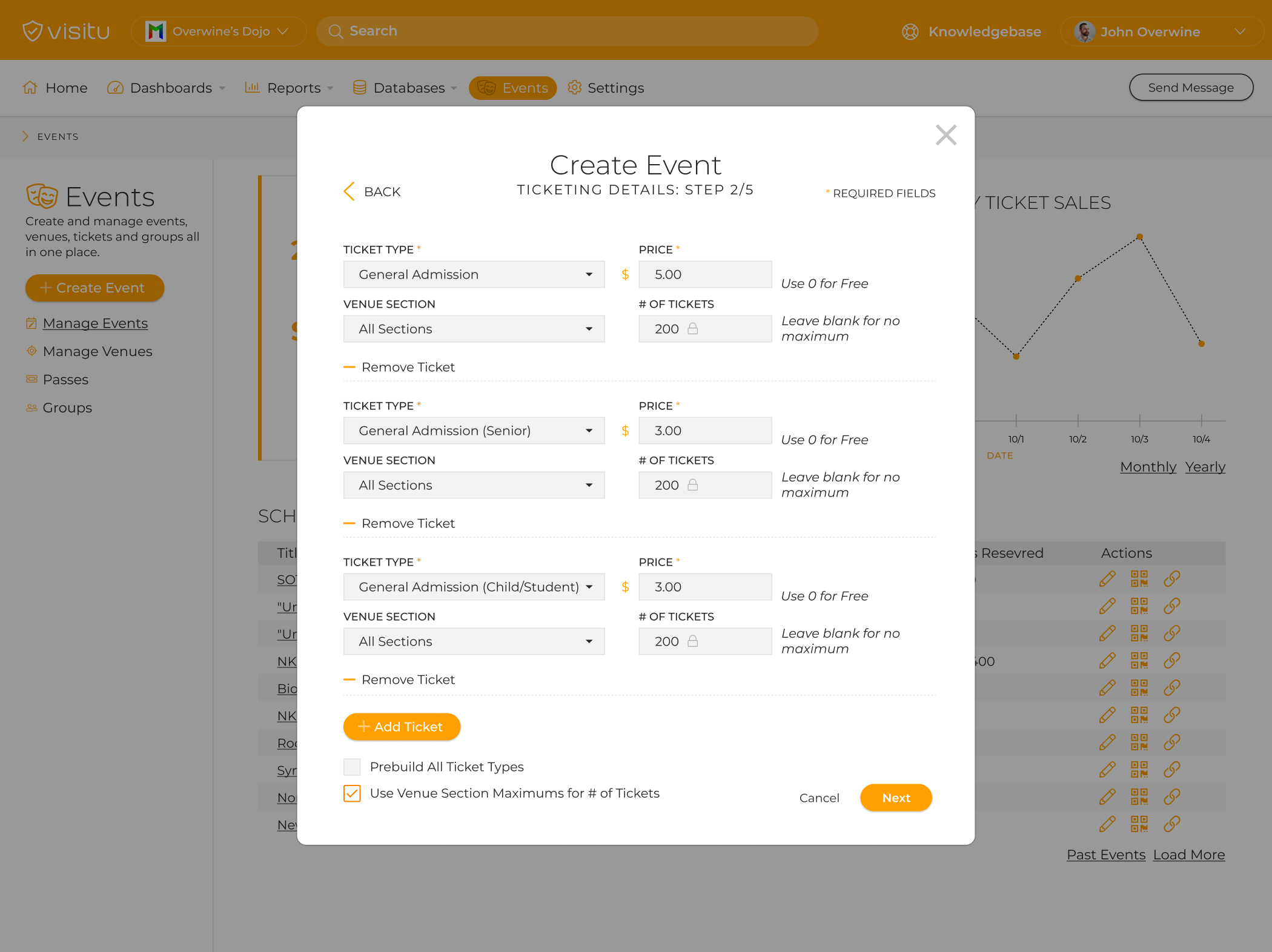
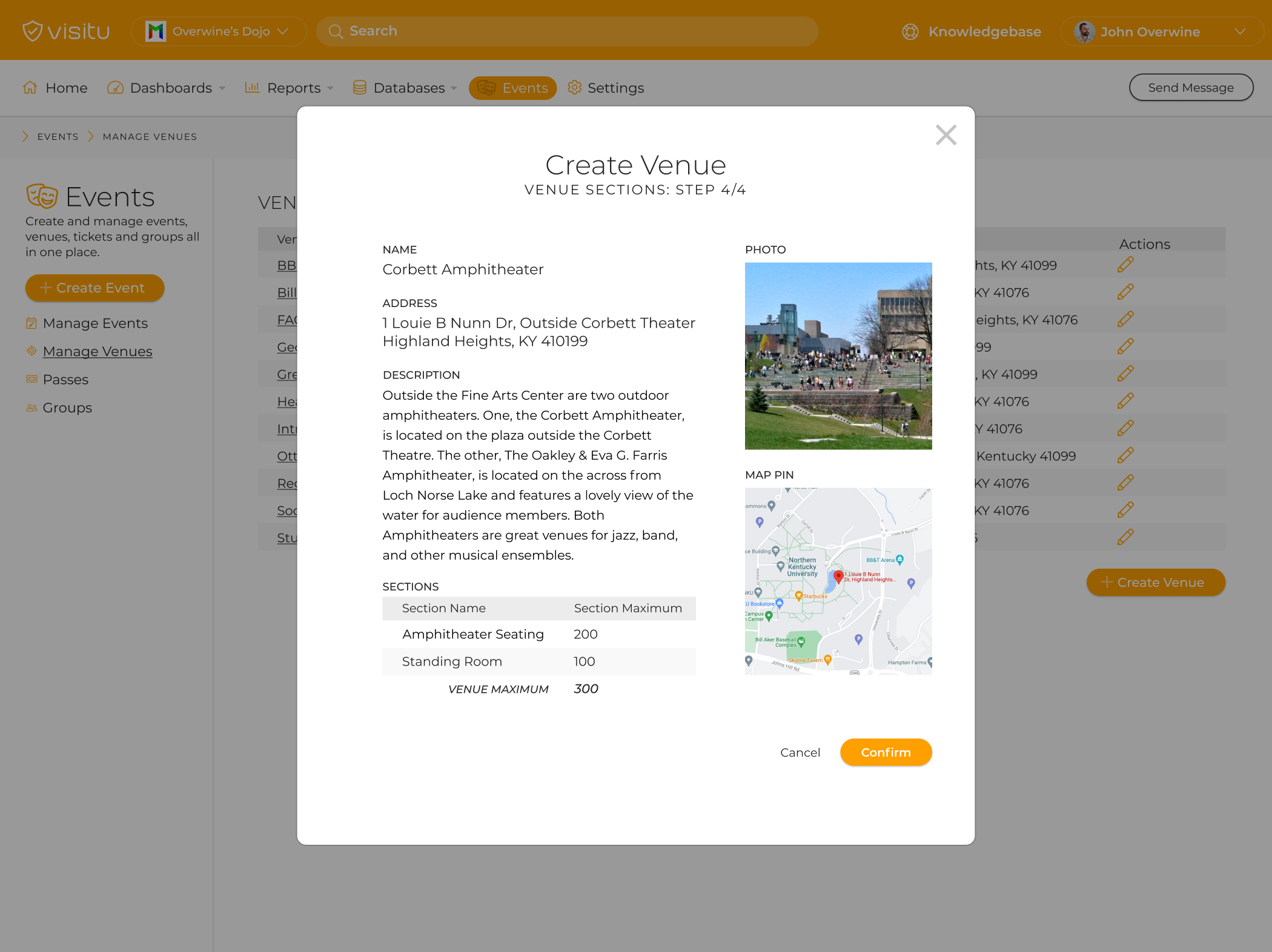
By the time I stopped freelancing for Visitu, I worked on new account sign-up screens, campus broadcast screens, subscription plan screens and even helped out with front-end development work. I am thankful for my time and experience with the Visitu team and am happy their product is still up and running today.